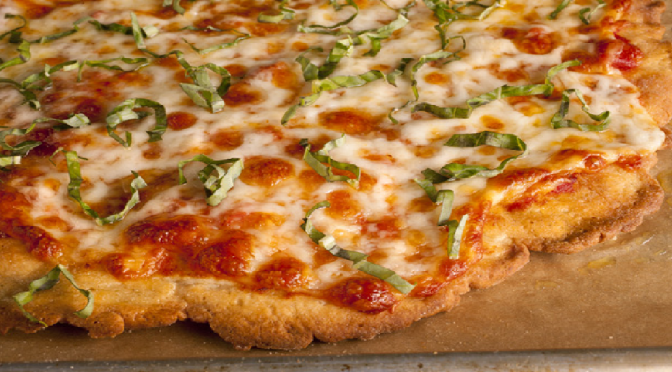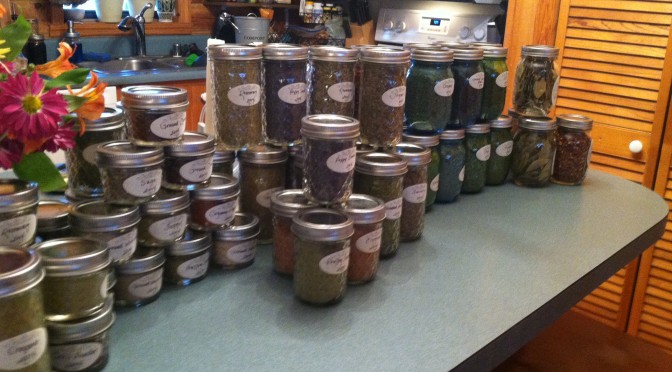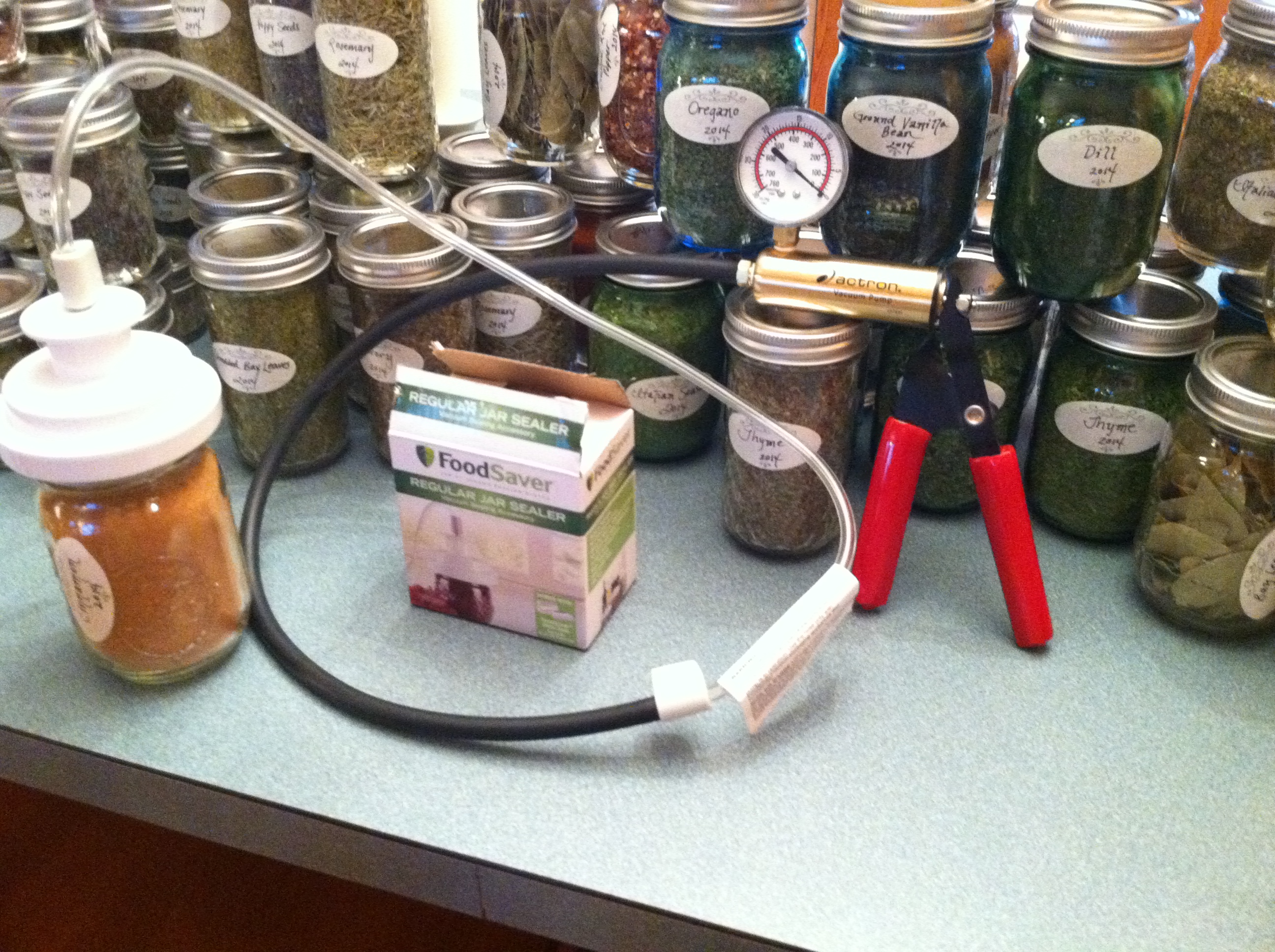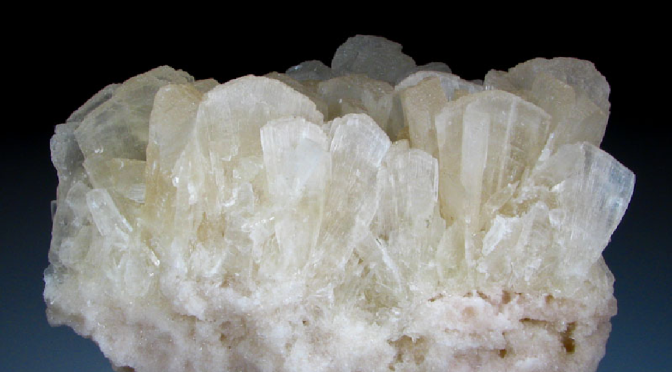From Mrs. Cog's Corner
The content on this page is for discussion purposes relating to health and well being only and is not intended to be medical advice. Links and sources provided are for informational purposes and do not represent an endorsement of a person, product or treatment.
Trona is a natural substance that is mined and turned into soda ash, from which baking soda is produced. In a world of rapidly rising prices, questionable quality of production and a renewed desire for a more natural and simplified life, baking soda is my new best friend.
Upon inspection soda ash is a huge industry in the U.S., accounting for 2% of the domestic non-fuel mineral industry. More than a quarter of the world's Trona, converted into soda ash and ultimately into baking soda, comes from an enormous deposit in Wyoming.
So, what's the big deal about that orange box in the back of the refrigerator?
Forget that soda ash is used in the production of petroleum, textiles, rubber, and plastics. Set aside the fact that baking soda is used in fire extinguishers or in water treatment facilities to greatly reduce toxins and heavy metal content during water purification. At home baking soda can be used to replace many substances you probably buy and now use for a fraction of the cost.
If stored properly in a cool dry place the shelf life of baking soda is indefinite. Although as with all items the manufacture wants you to replace and refresh your stock, so there is a so-called expiration date. There are several tests you can use to see if your baking soda is still effective and two of them can be found here and here. I have used baking soda that was more than five years old and it was completely functional in all capacities including leavening baked goods.
In case you have not stocked up on a quantity of baking soda lately, one 12 pound bag of the most common brand is currently (April 2014) priced under $8.00 USD. In my book it is cheap insurance if there is ever the need to replace many things you presently purchase, but suddenly could not.
Some of Baking Soda's many uses:
It puts out fires!
Pharmaceutical - Use in a bath to alleviate pain from sunburn or itchy skin. Mix with water to make a paste to apply to bug bites or an itchy rash. Baking Soda has a pH of 9 (very alkaline) which neutralizes stomach acids quelling heart burn (see instructions right on the package.) Keep it in first aid boxes for stings, burns and poison ivy.
Food - Useful to clean pesticides, waxes and germs from outside of fruits and vegetables. Soak dried beans in water with baking soda to eliminate future digestion gases. Add to eggs to make fluffier omelets. In baking, used as a leavening agent to help goods "rise" and poof.
Personal Hygiene - Use to make a natural, homemade deodorant. Can be applied in mixtures to soften skin. Use as a tooth polish to whiten teeth or even make your own toothpaste free of fluoride (recipes here, here and here). Mix a teaspoon in a 1/4 cup of water for an effective mouthwash. Use it to soak dentures, retainers, sports mouth guards or effectively clean anything you put in your mouth.
Household cleaning - Make a simple kitchen or bathroom surface cleaner with one teaspoon of baking soda per quart of warm water. Use as a grease cutter in the kitchen. Mix to wash floors, clean ovens, polish silver and even remove crayons from the wall. Deodorize trash cans, garbage disposals, lunch boxes, dishwashers, drains, cars, carpets and sneakers. Use as an ingredient in homemade laundry detergents and dish washing soaps.
Other Uses - Put along edges of windows, openings for pipes and other places bugs get in for ants, roaches and more. It dehydrates them and they die. Use to unclog a drain without chemicals. Putting down baking soda on frozen steps in the winter helps give traction and melt ice without damaging surface beneath. Adding a pinch to water for your fresh cut flowers will help them last longer.
Read More:
Baking soda, or sodium bicarbonate, is a staple in many homes for baking and cleaning purposes – but there's a good chance you're not taking full advantage of all that baking soda has to offer. For instance, did you know there's a whole gamut of medicinal uses for baking soda, such as safely removing splinters from your fingers, or just brushing your teeth? http://articles.mercola.com/sites/articles/archive/2012/08/27/baking-soda-natural-remedy.aspx
This economical and common powder has a wide range of healing possibilities: acne, cancer, colds, influenza, acid reflux -- the list goes on and on. And don't forget about all the great uses around the house as well. Priced around $3 for a large box, baking soda just might be that readily available and cost effective miracle everyone has been looking for. http://www.naturalnews.com/037719_infectious_disease_baking_soda_natural_remedies.html
Cancer grows in an acidic environment (low pH), and the acid helps the cancer to metastasize (spread). Dr. Pagel and his colleagues will measure the pH of a tumour with a new MRI machine, and then test the efficacy of bicarbonate on cancer with the MRI machine. http://digitaljournal.com/article/323645
Treating or preventing the flu: Simply dissolve the recommended amount of baking soda in a glass of cold water and drink it. Recommended dosages from the Arm & Hammer Company for colds and influenza back in 1925 were... http://wherethewindblowsourfamilygoes.blogspot.com/2013/02/why-is-baking-soda-natural-ingredient.html
Everyone will strongly resist the idea that something so simple and cheap such as sodium bicarbonate (Baking Soda) can surpass the most expensive pharmaceutical drugs. There are compelling evidence that are supporting the multitude of theories that suggest that sodium bicarbonate should be the primary and universal medicament for a wide range of diseases, including diabetes and cancer, also all therapists and medical professionals should include it in the medical treatment. http://www.bestherbalhealth.com/baking-soda-true-enemy-pharmaceutical-industry/
Great news this morning! After months of suffering, the guy called my friend to announce that he is no longer in any pain at all. Kidney infections are brutally debilitating–I know, I suffered one a few years ago. The guy had gone back to the doctor who confirmed that the baking soda was working! http://drsircus.com/medicine/sodium-bicarbonate-baking-soda/bicarbonate-testimony
A variety of health aids, personal hygiene products and household cleaners on the market today are laced with toxic cleaners and other concerning substances. Baking soda, on the other hand, is a natural chemical compound that restores health, cleanses the body and eradicates toxic substances. From its use as a medicinal substitute to a household cleaning product, baking soda is effective at restoring balance in the body and the home without harsh chemicals or toxins. http://www.earthclinic.com/Remedies/baking_soda.html
Although a lot of people use baking soda for cooking and cleaning, most don’t know that baking soda is a powerful healer as well. In fact, Reader’s Digest classifies baking soda as a Top 20 Household Healer in their book 1,801 Home Remedies: Trustworthy Treatments for Everyday Health Problems. Entire books have been written about baking soda because it’s considered by many to be a miracle product. http://www.moneycrashers.com/baking-soda-health-benefits-remedies/
This is because your body will attempt to compensate by retaining alkaline salts in the bloodstream to offset the increase of tissue acidity. Since your body can only tolerate a small imbalance in blood pH (the acid-alkali balance), it will rob alkaline components from other places – including your body’s precious alkaline reserves – in an effort to restore proper pH equilibrium. This can result in heartburn, digestive distress, stomach upset, fatigue and a multitude of other symptoms. Simple, inexpensive kitchen baking soda can fix this. http://www.21stcenturynetworker.com/articles/the-many-health-benefits-of-baking-soda/
The findings suggest a possible mechanism in a live model system for breast cancer where systemic alkalinization slows the rate of invasion. http://www.ncbi.nlm.nih.gov/pubmed/23936808
The results of this study indicate that metastasis can be reduced by non-volatile buffers as well as bicarbonate and thus the effect appears to be due to pH buffering per se. http://www.ncbi.nlm.nih.gov/pubmed/21861189
Additional Sources:



